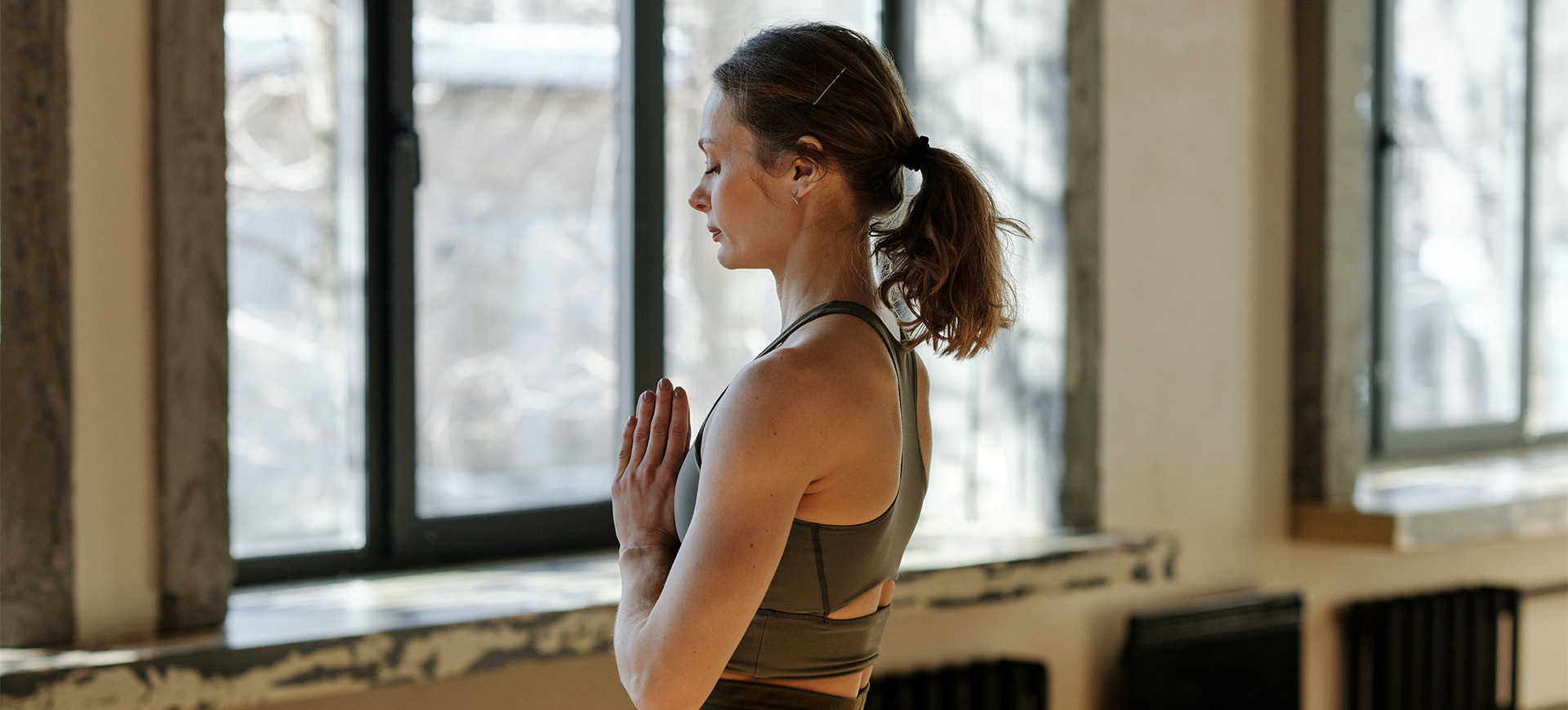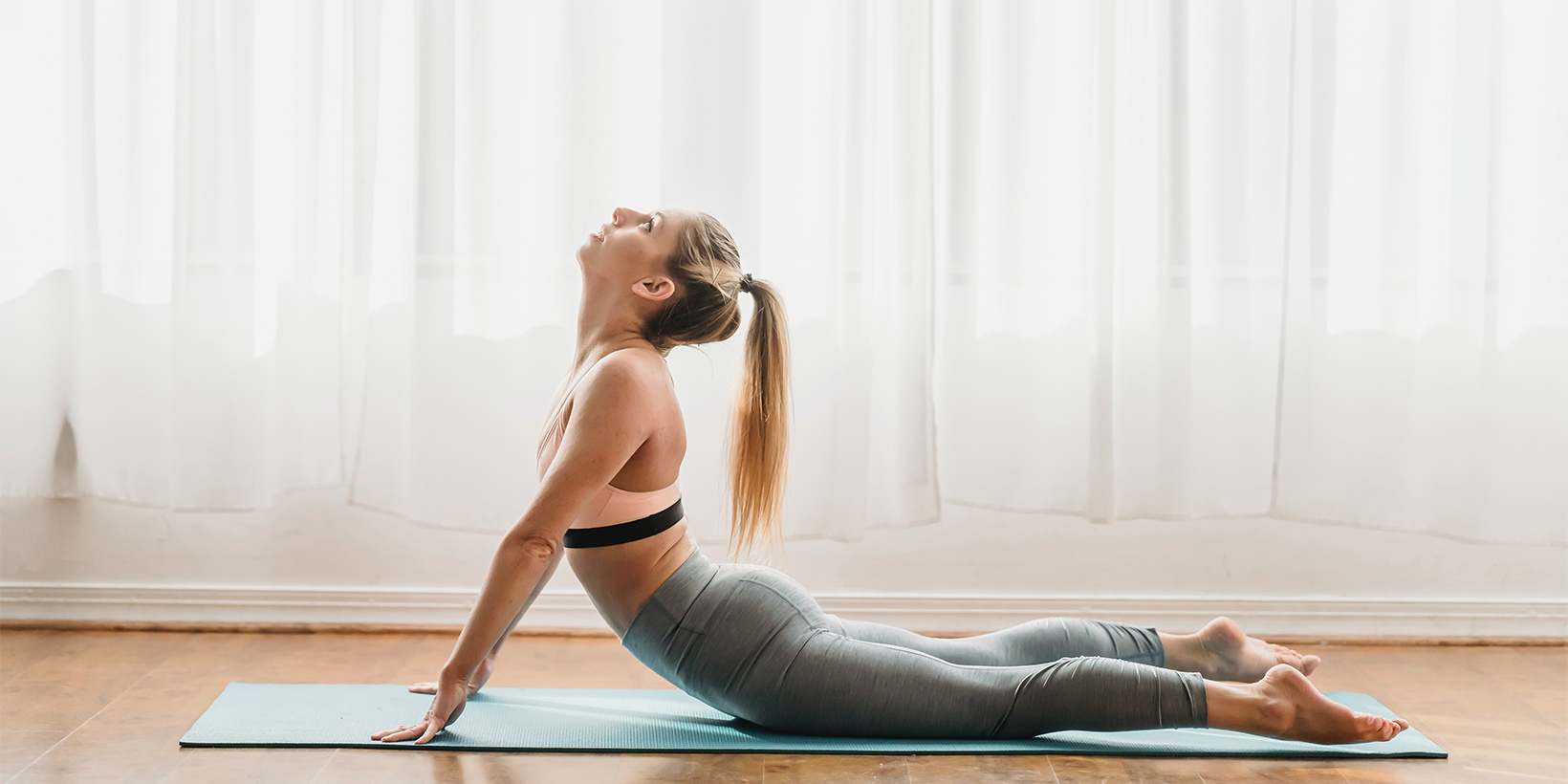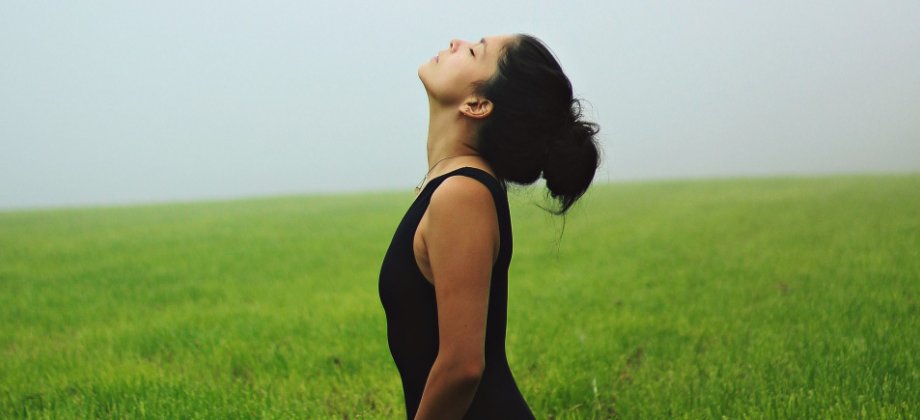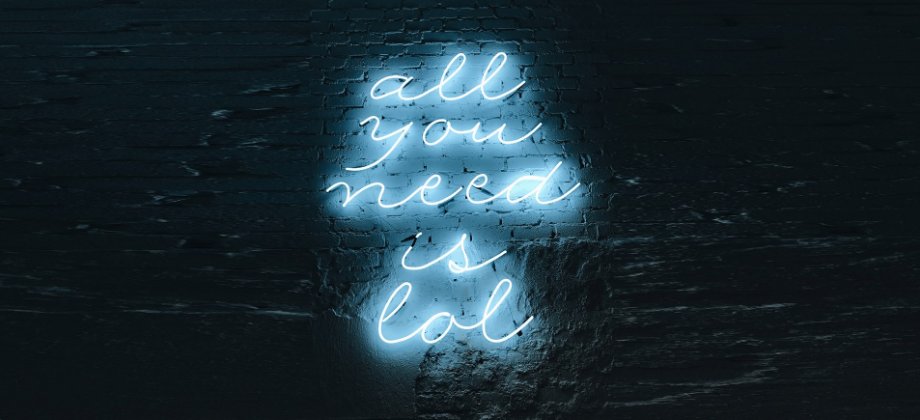
Yoga Sequencing for Different Class Settings
In the last 5 years I have noticed the growth of yoga’s popularity. When I started teaching in 2014 in Spain, Yoga Classes were more focused in their respective studios. We would have body balance in the gym and some stretching classes but yoga had it’s separate place. Fast forward from 2014 to today, and almost every establishment offers a yoga class. Crossfit, gyms, office buildings, physiotherapy clinics, hospitals, spas, shopping malls, dance schools, circus schools, even martial arts dojos offer yoga classes nowadays. It is an amazing time to be a teacher and I feel very blessed to have made my career switch at such an opportune time.
When that boom hit, I had my pick of facility when I started job hunting. I also wrote proposals to pitch my ideas for yoga classes in their place of work. Needless to say, I was often hired for the job. At some point, I was teaching Aerial yoga in English for expats in Madrid, corporate yoga for a private banking group and senior yoga at a multi purpose local that I rented. Three totally different client types which meant I had to prepare for 3 different classes. A big part of class sequencing is about knowing your clients and understanding their needs. To fill your classes, you must take into consideration the demographic the business attracts. Which is what I will share with you in this article. Read on and I will discuss how to cater your sequencing so that your students can get the most out of your classes.
Know The Business and The Clients
Usually your manager or studio owner will talk about the business and the types of people they attract. This makes it easier because you can–more or less prepare for the students who will come in. For example, at a circus school I worked at, the students who came in were fascinated by power yoga with inversion practice. So I planned accordingly. On the other hand, I also taught vinyasa at a small studio where we focused on reduced group classes that wanted a gentler mobility focused session. The point is, knowing the facility and the demographic they focus on will determine your class planning. If its’ a large establishment like a gym or corporate yoga, be prepared to deal with a very general range of people and levels. A traditional yoga studio will more likely have clients that are more knowledgeable in their practice. So study the company you are working for.
Hopefully, this creates community with your students, and you’ll be able to progress their learning more organically.
Consider The Time You’ll be Teaching
What time will you be teaching? This is a big factor to consider in your class preparation because it forms the overall theme of your classes. If you are teaching before working hours, your potential clients will need something that wakes them up. Focus on mobility, something that gets their body and circulation moving. If you have a class after work hours, then perhaps you can design a challenging class because most people at this time are working up an appetite before their meals. My afternoon/early evening clients usually wanted a more vigorous session to de-stress. However, If you got the last class of the day then a yin yoga type sequence is the best thing you could do for your clients to close their day in the most relaxing form of yoga.
Yoga Sequencing for Specialised Establishments
Specialized establishments are your circus or dance schools, crossfit gyms, martial arts dojos, or clinics. Depending on the education you have as a yoga teacher or as a professional, you can cater your classes to these places by looking into the activity the clients do in other classes. At the circus school, our clients looked for progressive yoga classes that explored advanced poses. The majority felt that they needed to develop their flexibility and body awareness to complement their aerial practice. In other places like Crossfit gyms, clients need shoulder mobility and back stability to perform better. In a martial arts setting, clients there need hip mobility and single-leg balance. So your class plan becomes about knowing what the clients need to perform their activities better.

Out-of-the-box Yoga Sequencing
When summer begins, our yoga classes can be taken outside. Did you know that there are yoga classes offered during hiking sessions or a yoga teacher is brought in during some camping trips? In Spain we have the month-long trek called the "Camino de Santiago". A long hike from town to town that takes us from the Pyrenees to Santiago de Compostela. Every summer more groups are asking to have a yoga teacher on their walk so that the “peregrinos” can end the day stretching their tired muscles. If you have Yoga-by-the-beach sessions, it involves a more playful sequence with a longer meditative practice to close the class to take in the sound of the waves. We cater for the activity that we do while factoring in the surroundings to prepare for our classes.
Ask for Feedback
Apart from prepping for your classes, one of the best ways to create the best classes for your clients is simply to ask for feedback. Get a feeling for your students and about every 5 sessions ask them how they feel about your sessions. Why 5 sessions? In that time, you will have created rapport with your students. The trust that you’ve cultivated should make your clients more available for open communication. Hopefully, this creates community with your yogis, and you’ll be able to progress their learning more organically. In other establishments, your manager will be the one to relay feedback then you can tweak your classes from there. Whatever the situation may be, adjust your class plan accordingly.
Ok let’s recap! There are many different approaches to tailoring your classes to your students and the establishment/s you work at. You can look at the place and the people who come to it, the time you teach and the majority of activities the clients do. If it’s a large facility or building like a gym or corporate setting be prepared for a mixed group of people who can have an active or sedentary lifestyle. So you’ll need to prepare a class that improves their quality of life. Considering the time you teach is also vital because your clients’ interest in their yoga classes shift depending on the time of day. Yoga from morning to afternoon will require a more active class while closing the day will require a more restorative class. Specialized establishments like dance schools, crossfit and specialized sports facilities require their yoga classes to be more focused on what their bodies need to sustain their discipline. When summer comes in, outdoor yoga becomes our seasonal business model. We can hold classes for hikers, campers, and the beach. Cater your classes to take in the surroundings and soothe your students at the end of the day. Lastly, ask for feedback from your students or superiors so that you can progress with your students.






